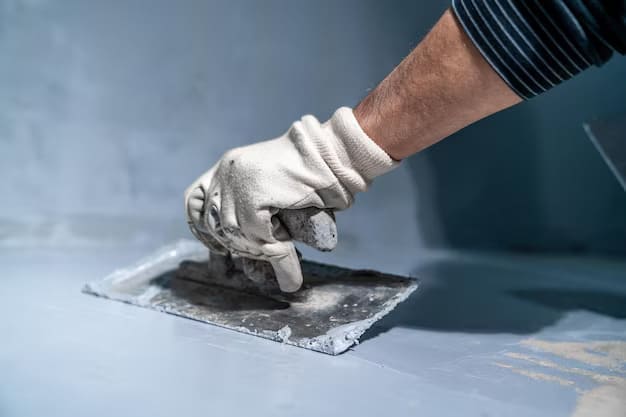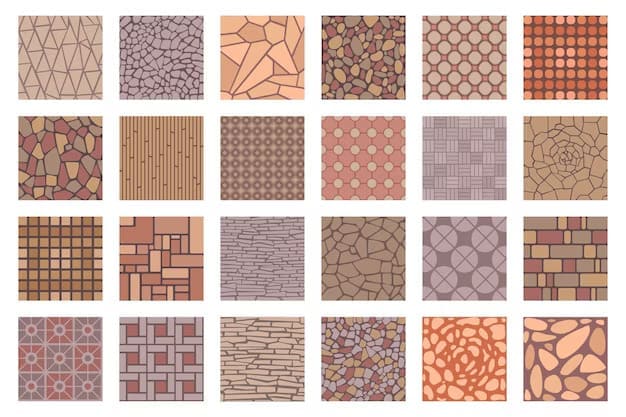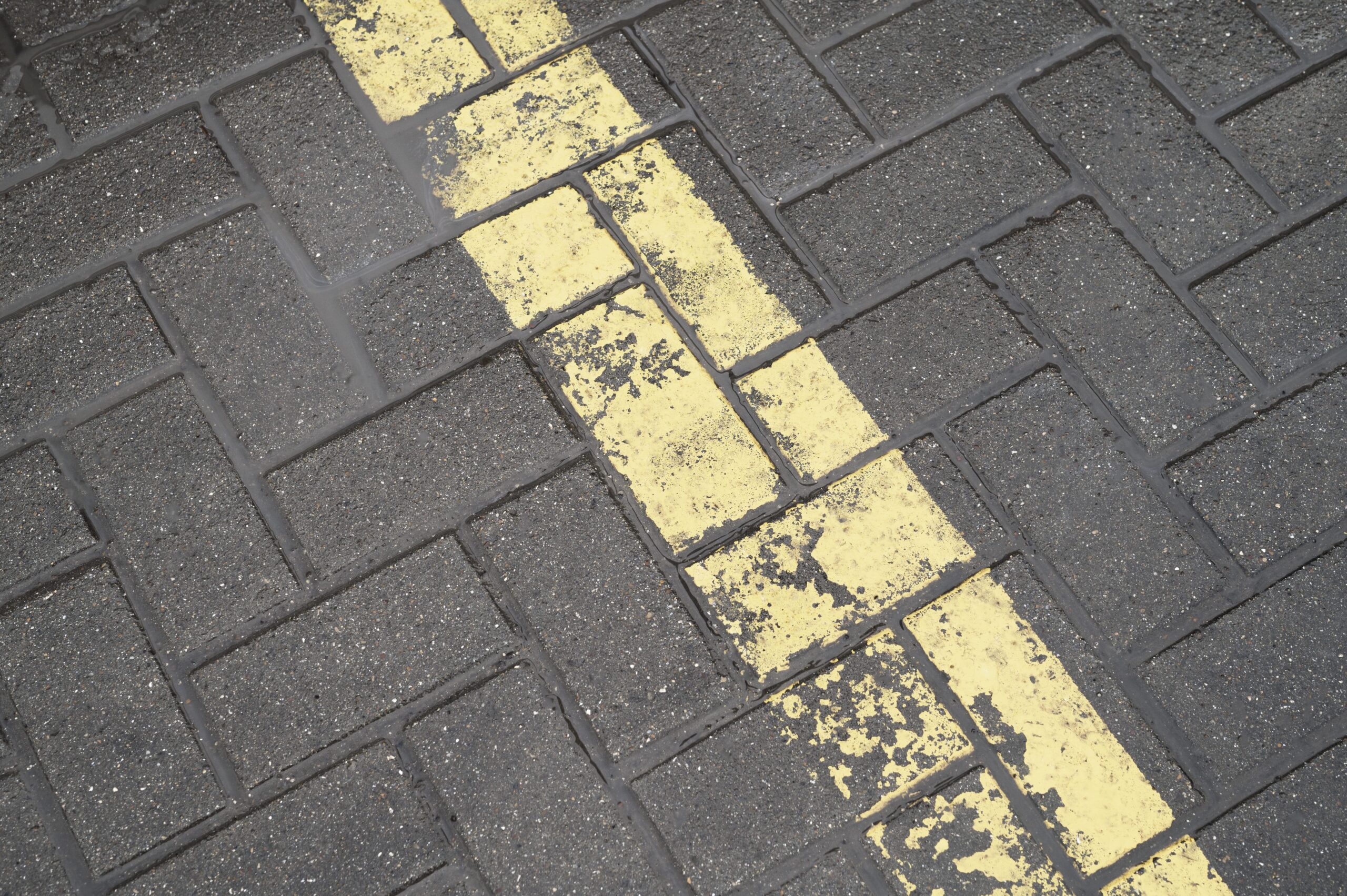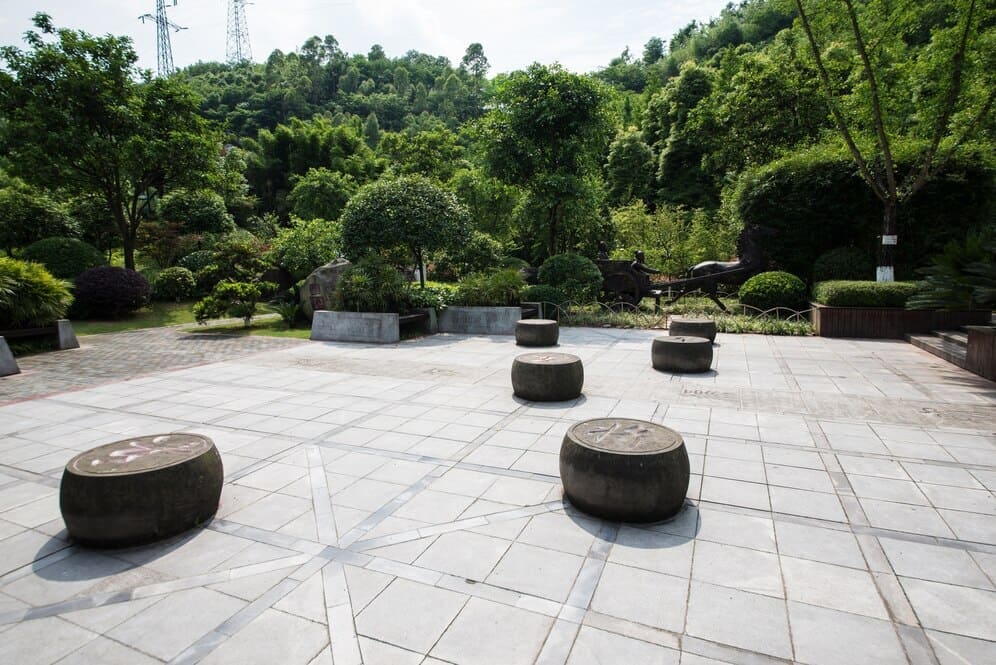Bathrooms, you know, they’re like the go-to spot in any home, right? We all use them pretty frequently, but here’s the thing — they can be a real pain if they’re not properly waterproofed.
Trust us, you don’t want to deal with issues like leaks, mould growth, or even structural damage caused by water damage.
So let’s talk about why bathroom waterproofing is an absolute must. We’ll cover everything from floors to walls and even ceilings because every surface is vulnerable to water damage.
Luckily, there are different methods and materials used by professional waterproofing services to ensure your bathroom stays dry and hassle-free.
Why Waterproofing Matters
Before exploring the specifics of waterproofing different bathroom surfaces, let’s understand why it’s so crucial. Without proper waterproofing, water can seep into the underlying structure of your bathroom, leading to a host of problems. These can include:
- Leakages: Water leaks can cause damage to your walls, floors, and ceilings, leading to costly repairs.
- Mould and Mildew: Moisture buildup in a non-waterproofed bathroom can create the perfect environment for mould and mildew growth, which not only looks unsightly but can also pose health risks.
- Structural Damage: Over time, water damage can weaken the structural integrity of your bathroom, leading to sagging floors, crumbling walls, and other issues.
Now that we understand the importance of waterproofing, let’s explore how it can be applied to different bathroom surfaces.
Waterproofing Floors
The bathroom floor is subjected to constant moisture exposure from showers, baths, and sink splashes. To prevent water from seeping through and causing damage, proper waterproofing is essential.
One common method of bathroom waterproofing for floors is the application of a waterproof membrane. This membrane acts as a barrier between the floor tiles and the subfloor, preventing water penetration. Materials like liquid-applied membranes or sheet membranes can be used for this purpose.
Another important aspect of waterproofing bathroom floors is ensuring proper drainage. Installing a sloped floor that directs water towards the drain can help prevent standing water, reducing the risk of leaks and mould growth.
Waterproofing Walls
Waterproofing the walls of your bathroom is equally important, as they are also exposed to moisture from showers and baths. Without proper waterproofing, water can seep into the walls, leading to dampness, mould, and structural damage.
One common method of wall waterproofing is the application of a waterproofing membrane. This membrane is typically applied before the installation of tiles and acts as a protective barrier against moisture. Liquid-applied membranes are often used for this purpose, as they can easily conform to the shape of the wall and provide seamless coverage.
In addition to waterproofing membranes, it’s also essential to ensure that all wall penetrations, like pipes and fixtures, are properly sealed to prevent water ingress.
Waterproofing Ceilings
While ceilings may not be as commonly associated with water damage as floors and walls, they are still susceptible to moisture buildup, especially in bathrooms with poor ventilation. Waterproofing the ceiling can help prevent issues like mould growth and water stains.
One method of bathroom waterproofing for ceilings is the application of a waterproof paint or coating. These products create a protective barrier that repels water and prevents it from seeping into the ceiling material. It’s essential to choose a paint or coating specifically designed for wet areas like bathrooms to ensure effectiveness.
In addition to waterproof coatings, ensuring proper ventilation in the bathroom can help reduce moisture buildup and prevent water damage to the ceiling.
How Professionals Do This Job?
When it comes to bathroom waterproofing, hiring professionals is often the best approach to ensure a high-quality and long-lasting result. Here’s how professionals typically approach the task of waterproofing bathroom surfaces:
- Assessment and Planning: Professionals start by assessing the bathroom’s condition and planning the waterproofing strategy accordingly.
- Surface Preparation: They meticulously clean surfaces, repair any imperfections, and ensure the substrate is in optimal condition for waterproofing.
- Material Selection: Choosing the right waterproofing materials is crucial. Professionals select materials tailored to the project’s specific requirements for maximum effectiveness.
- Application of Waterproofing Systems: Applying the waterproofing system requires skill and precision. Whether it’s liquid-applied membranes or sheet membranes, professionals apply them using the correct techniques.
- Attention to Detail: Sealing seams, corners, and penetrations is done with meticulous care to prevent any potential water ingress points.
- Quality Assurance: Thorough quality checks are conducted post-installation to ensure the waterproofing system is applied correctly and meets safety standards.
- Regulatory Compliance: Professionals adhere to local building codes and regulations governing waterproofing to ensure compliance and safety.
- Warranty and Aftercare: Offering warranties on their workmanship, professionals also provide guidance on maintenance to ensure the longevity of the waterproofing system.
By entrusting the job to experienced professionals, homeowners can have peace of mind knowing that their bathroom waterproofing is in capable hands and that their investment will yield long-term benefits in terms of durability, functionality, and protection against water damage.
Conclusion
Proper waterproofing is essential for maintaining the integrity of your bathroom and preventing water damage. Whether it’s the floors, walls, or ceilings, each surface requires specific waterproofing services in Sydney and other suburbs including Ryde or Blacktown to ensure maximum protection against moisture ingress.
By investing in professional waterproofing and following proper installation techniques, you can enjoy a dry, mould-free bathroom for years to come.




